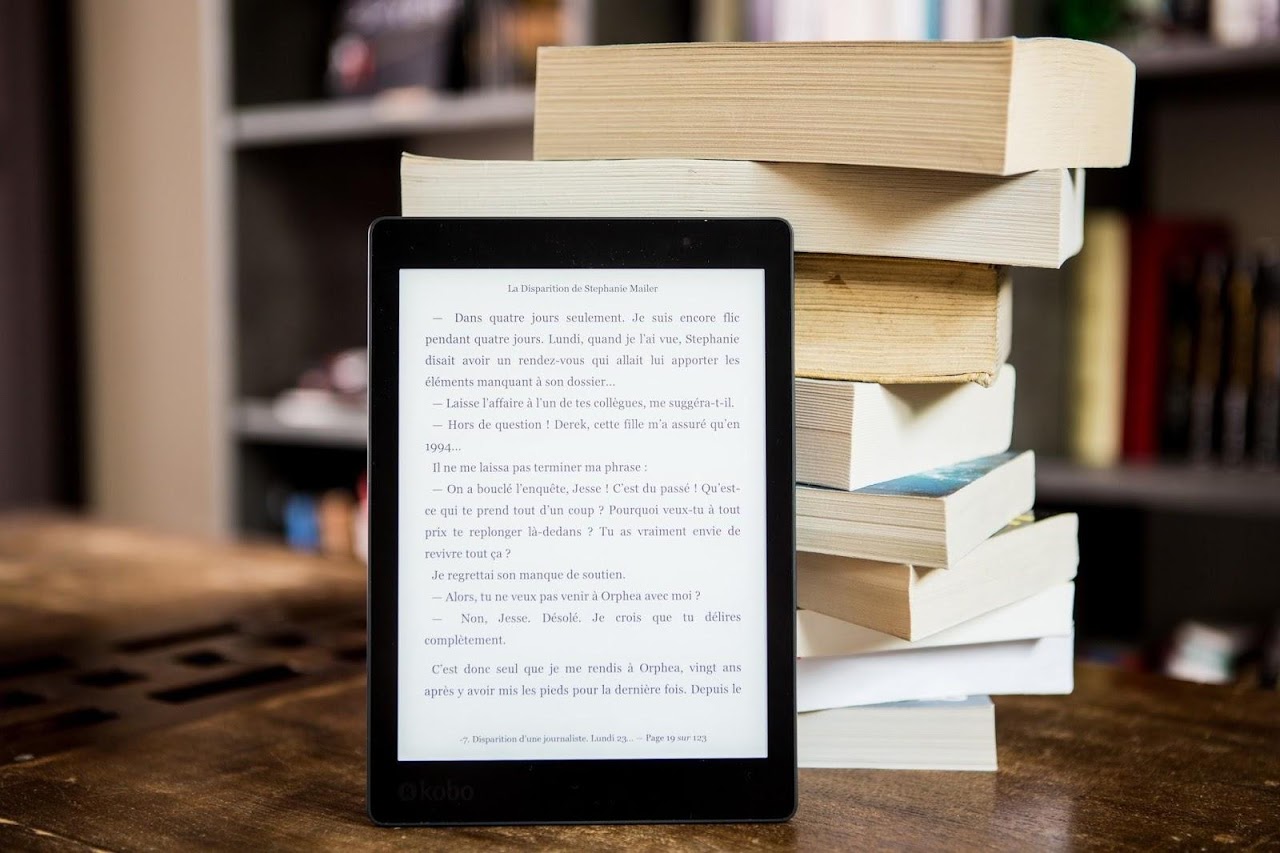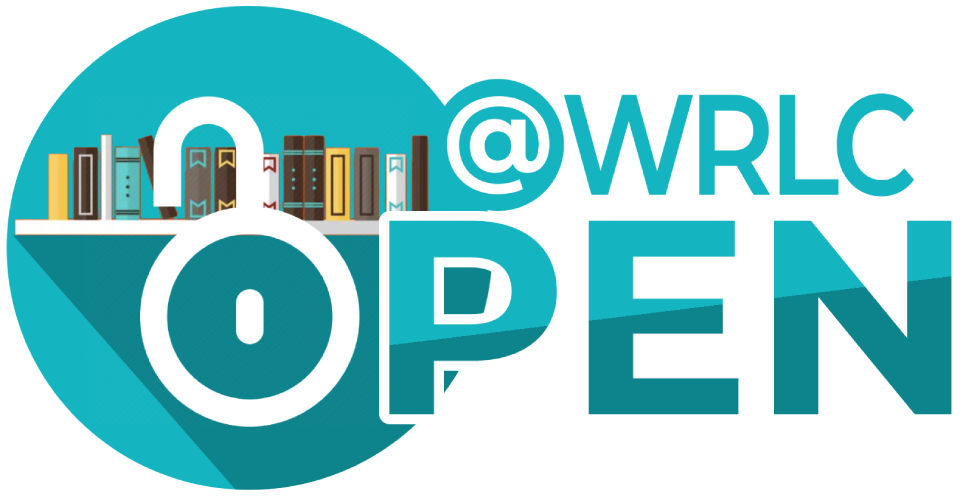THE RAPID SWITCH from in-person to online learning highlights how educational resources that are open and affordable help ensure students have access to their course reading materials.
Not Just Textbooks

OER materials come in many shapes and sizes -- course syllabi, tutorials, quiz banks, slides, textbooks, and even full courses.
Open License

They are peer-reviewed and published with an open license, which gives professors the ability to download, edit, and share them without worrying about copyright.
A major advantage of OER is the ability for anyone to remix, reuse, and revise the material to better fit their course objectives.
Instant Access

Create an educational environment where all students can respond to assignments from the first day of class - no delay and no excuses. It is equity in action.
